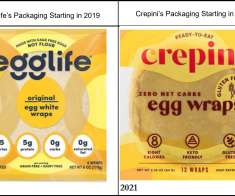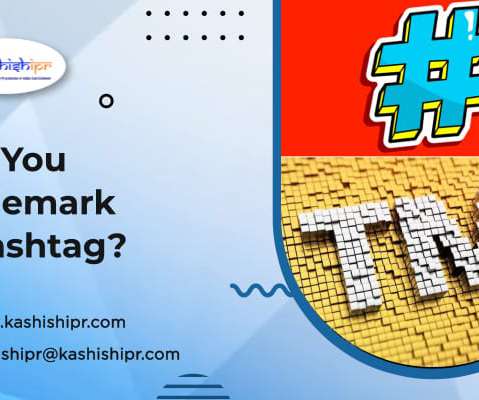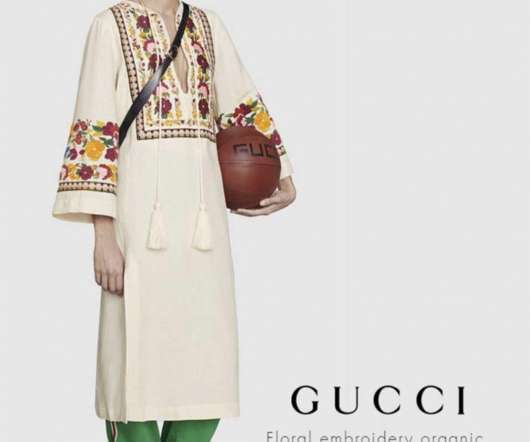Can Celebrity Catchphrases be Intellectually Protected?
IIPRD
OCTOBER 28, 2023
However, outside the realm of brand marketing, when celebrities make use of a phrase, to the point of it becoming associated to them, it becomes a catchphrase of their own. This reportedly led her to secure appearances worth $30,000, and widening her social media presence. [i] They ended up settling the case outside the court.












Let's personalize your content